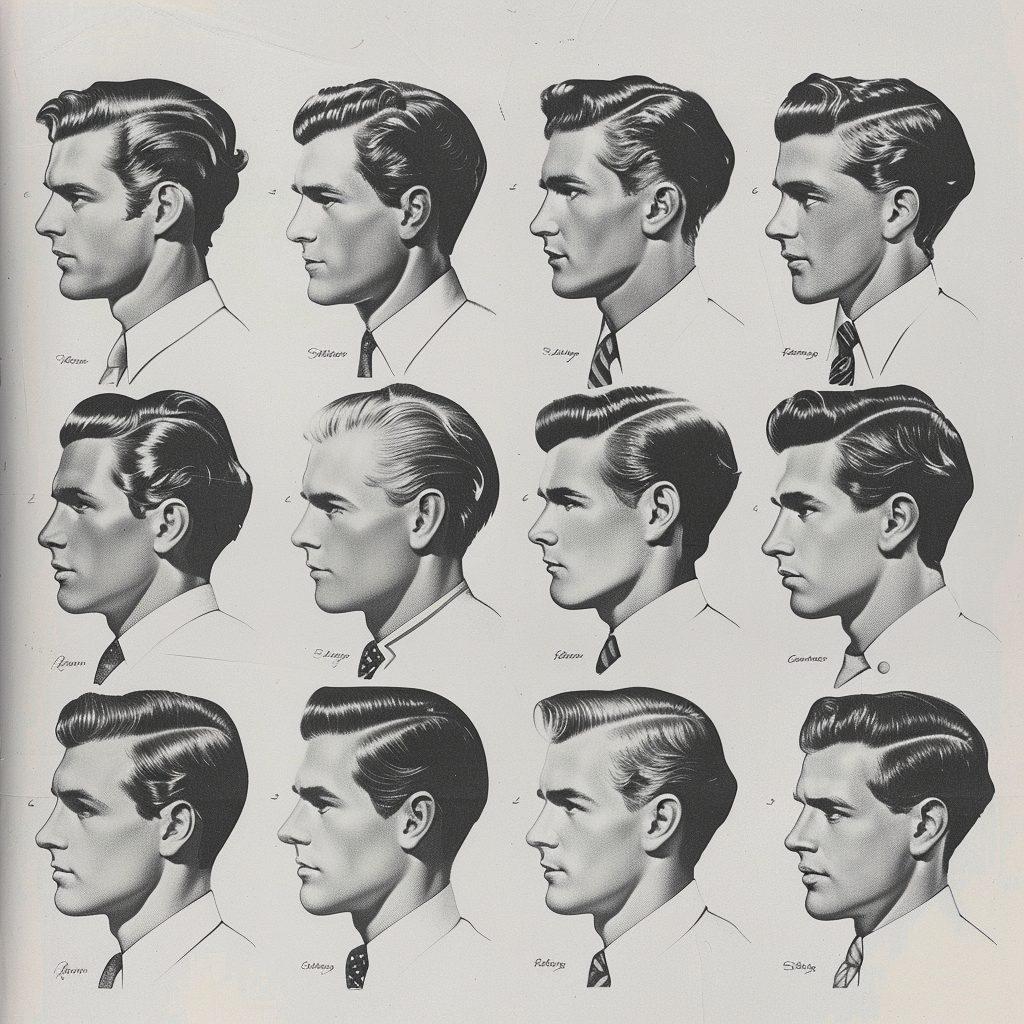While visiting a hairstylist, having the ability to accurately describe your desired hairstyle is vital for achieving the desired appearance. A thorough explanation enables the stylist understand your vision and minimizes the chances of miscommunication. To make sure that you get the haircut you want, it is necessary to prepare in advance and consider several critical factors when expressing your preferences. These factors comprise hair cut, texture, style, and any specific elements that you would like to add.
Firstly, consider the length of your hair. Haircuts can range from very short styles like pixies to long layers that fall below the shoulders. It is helpful to specify whether you want a trim, a significant cut, or a complete transformation. Using precise terms such as "shoulder-length" or "mid-back" can provide clarity. Additionally, discussing the possibility of bangs or layers helps the stylist visualize your request more accurately. Being clear about how much length you wish to maintain or remove will significantly influence the outcome of your haircut.
Next, tress texture serves a crucial function in determining how a haircut will appear. Various hair types—such as sleek, rippled, ringlet-filled, or coily—react differently to specific cuts. When explaining your ideal haircut, it is important to note your tresses’ inherent texture and whether you plan to use any hair tools or formulations. For example, if you have thick strands, you may want to request for de-bulking methods to reduce volume. Alternatively, if your tresses is thin, you might seek layers that add fullness. This detail enables the professional to tailor the cut based on how your strands behaves.

In conjunction to hair length and structure, sharing the general style you want can provide direction for the stylist. There are a variety of haircuts to select, including classic styles like blunt cuts and contemporary options like asymmetrical styles. It is helpful to share references of hairstyles that appeal to you—these could be photos from print media or social media platforms. Pointing out specific features such as blended lines, sharp lines, or graduated layers can assist in expressing your vision more effectively. This guarantees that both you and your stylist are on the same understanding regarding desired outcome.
Finally, don't neglect to include any unique features that might elevate your haircut. This could include factors such navigate to this site as facial structure or personal style preferences that influence the final look. For instance, those with circular face shapes might lean toward soft angles to elongate their profile, while individuals with square faces may choose softer layers to soften their jaw structure. Furthermore, discussing shade preferences can also be part of this consultation; specifying if you want highlights or a single shade can further define your ideal haircut.
To summarize, effectively conveying your desired style requires careful consideration of several key elements: hair length, texture, look, and distinct see this traits. By preparing in ahead of time and being specific about these elements, individuals can significantly improve their visit at the salon and boost the chances of walking out with a haircut they are happy with. A successful consultation with a stylist is founded upon open dialogue and mutual understanding. This team effort ensures that both client and technician work together towards creating the desired outcome.